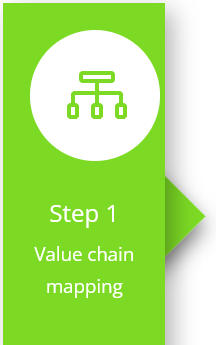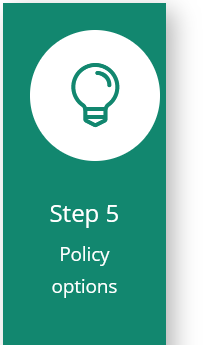
Voluntary Sustainability Standards Assessment Toolkit

Download the full VSS Assessment Toolkit and its framework here:
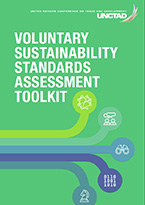
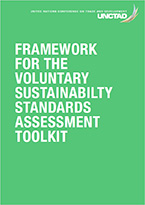
The Voluntary Sustainability Standards (VSS) Assessment Toolkit was developed under the UN Development Account Project “Fostering Green Exports through Voluntary Sustainability Standards in Developing Countries"
Objectives
To guide the identification of the challenges and perceptions behind the adoption of a VSS scheme, and to explore policy options to address them.
Users
Local, national or regional government agencies, the private sector, standard setters, non-governmental organizations (NGOs), international donors, academia and cooperatives.
The VSS Assessment Toolkit in 5 steps
The VSS Assessment Toolkit relies on both objective and subjective (perception) data to develop a holistic analysis of the context for VSS uptake on the ground. The toolkit is meant to provide a simple standardized framework for analysis, but at the same time it is easily adapted to different value chains or countries.
This approach provides a novel way to assess whether and how VSS can indeed be a path to livelihood development and attainment of SDGs. There are number of other VSS-related analytical tools and frameworks that support the assessment of different aspects of VSS design, adoption, implementation and evaluation. The VSS Assessment Toolkit can be used as stand-alone tool or in combination with other VSS tools that have a different focus.
Step 1: Value Chain Mapping
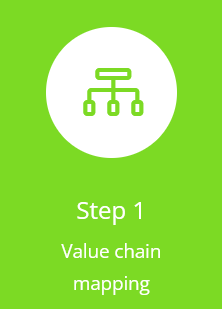
Before starting, select a specific product, region or group and VSS. Then proceed to the first step of the VSS Assessment Toolkit: mapping the value chain.
Value chain mapping entails identifying: the stages in the production process of a good or service; the inputs and outputs involved in each stage; relevant contextual factors such as supporting functions, rules and regulations; and all actors along the production stages, including their roles and connections.
The questions on the right can be useful to map the chosen value chain, in particular with the intention of capturing aspects relevant to VSS in an agricultural value chain.
Step 2: Interviews

After mapping the value chain, selected actors are interviewed. This provides an opportunity to learn more about the role of value chain actors, and their key challenges and perceptions in relation to the adoption and use of VSS.
The interviews consist of open-ended questions that aim to inquire deeper into the links between value chain actors, attempting to identify the challenges, power asymmetries, risk perceptions and priorities associated with the uptake and use of VSS.
The interview guidelines propose three separate exercises: questions on value chain organization power and governance; questions about challenges and opportunities of VSS uptake (both experienced and perceived) and a constellation of priorities (CoP) model.
Actors and questions are included in the interviews based on Step 1. At the same time, information discovered in the interviews may prompt a revision of the previous step.
Step 3: Survey
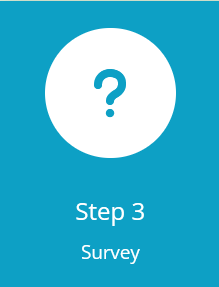
In this step, actors along the value chain are surveyed using a structured questionnaire that consists of close-ended questions that address observed outcomes, as well as perceptions.
A template questionnaire designed to survey farmers is provided, either as a pdf or through survey software. The questionnaire has 10 sections designed to capture different aspects of: (i) challenges and value chain relationships, (ii) outcomes, and (iii) risk perceptions and priorities.
Implementing this step successfully requires adapting the questionnaire to the value chain studied and the actors surveyed, sampling carefully, piloting the adapted questionnaire, and closely monitoring the rollout of the survey.
Step 4: Analysis
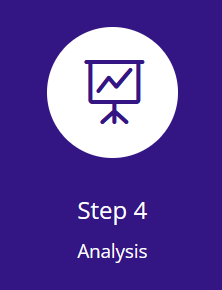
The VSS Assessment Toolkit seeks to to provide a systematic way to understand the conditions needed for VSS to realize their potential as a channel for greener exports and SDG attainment.
In line with this, the analysis suggested in Step 4 offers simple diagnostics to inform the policy discussion on VSS. Observations from the value chain mapping (Step 1), the interviews (Step 2) and the survey (Step 3) are processed and brought together to identify:
- production challenges and relationships within the value chain: this component can shed light on power structures, group dynamics, gender participation and the availability of and access to information, infrastructure and extension services.
- economic, social and environmental outcomes: some of the outcomes observed relate to productivity changes of capital and labour, value addition, income and expenditure patterns, participation in farmer groups, gender inclusion and empowerment, etc.
- preferences and perceptions of actors in connection to VSS: this component covers a range of subjective aspects, from the complexity of the certification process, to the expected benefits and others.
The VSS Assessment Toolkit is designed to be a diagnostic tool to guide policy discussions on VSS. Even when results are informative, their non-experimental nature implies that they do not identify the impact of certification. Methodologies designed to address this issue are beyond the goals of this toolkit.
Step 5: Policy Options
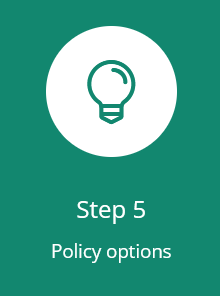
The final step of the VSS Assessment Toolkit is the analysis of policy options to match the diagnostic reached in the previous step.
Toolkit users may want to start by assessing what aspects identified in the previous step could benefit from policies to address them. Once this is determined, a list of potential policy pathways for them can be drawn. Such a list could be sourced from local experience in other value chains, previous experiences in the same value chain, successful options in other regions or countries, research outcomes or even spontaneous suggestions.
When weighing the list of potential policies to address an issue, it is important to contemplate pros, cons, trade-offs, feasibility, predictable outcomes, limitations or reservations, current economic climate, existing strategies and legislation, and others. Considering there are so many aspects to be considered, it is advisable to adopt a structure to assist in the analysis. There are multiple frameworks that can assist in the assessment of policies required for this step: a PEST framework, a SWOT analysis of each policy option, etc.
At the end of this step, users should have a weighted list of policy options matching all issues identified in the previous steps. Where possible, suggestions as to the implementation should also be included, e.g. timeframes (short or long term), potential executing agencies, etc.
After the VSS Assessment Toolkit

The guidelines of the VSS Assessment Toolkit end with the identification of policy options in step 5. However, policy options should eventually become policy decisions that are incorporated into agents’ workplans and implemented. Discussions and decision making regarding the policy options identified in step 5 can take place in a number of scenarios.
In the context of the project “Fostering Green Exports”, the policy options that emerged from the toolkit were discussed in multi-stakeholder workshops. These workshops validated or added to the policy options identified by the toolkit and built consensus around specific actions aligned with the country’s sustainable development strategies. As a result of this process, stakeholders:
- Increased their understanding of the impact of domestic and international VSS on “green” exports and sustainable development objectives.
- Improved their capacity to jointly design, assess and implement strategic options to leverage VSS to develop sustainable exports.
Multi-stakeholder workshops are not the only path available to translate policy options into concrete action plans. Ultimately, it is up to the actors involved to identify how best to incorporate the findings of the report in their policy choices. It is advisable that this be reflected upon even before deploying the VSS Assessment Toolkit.



